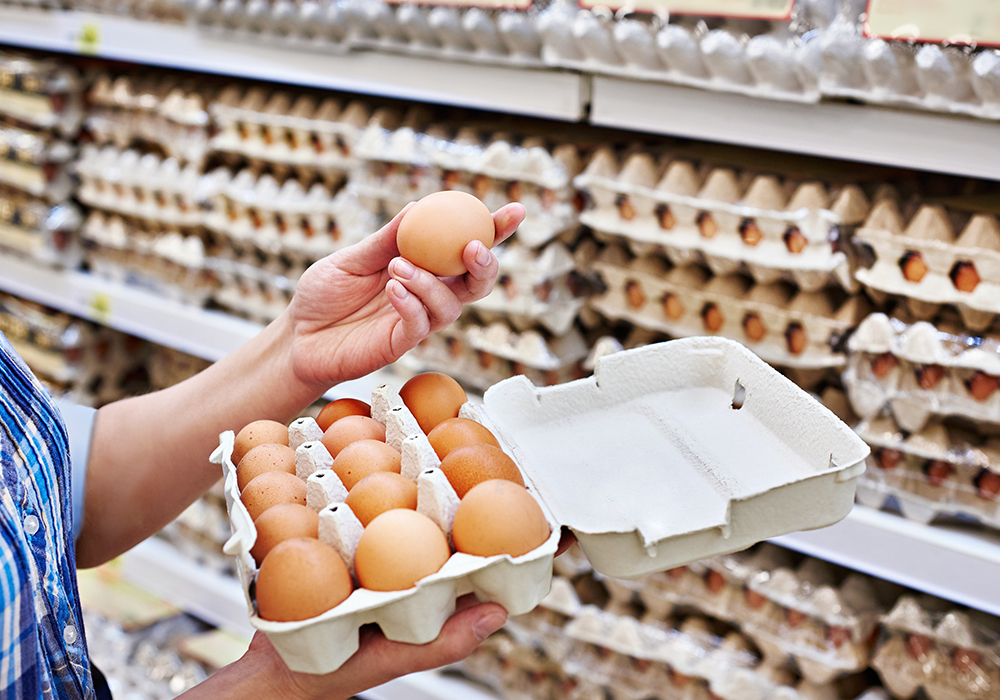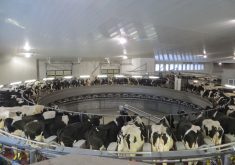Consider the egg.
It’s a plain, white oval — just like it’s always been.
Well, some are brown.
And some are Omega-3.
And some are Free Range, or Free Run, or Nestlaid, or Omega-3 Brown, as well as Large and Jumbo. There are Organic eggs, as well as Cozy Coop eggs.
Those are just what was in front of me on the Sobey’s shelves a few minutes before I wrote this. There were also a half-dozen types of egg whites. I’m sure if I checked other grocery stores I’d find even more egg-buying choices.
Read Also

Russian wheat exports start to pick up the pace
Russia has had a slow start for its 2025-26 wheat export program, but the pace is starting to pick up and that is a bearish factor for prices.
Eggs offer a stunning plethora of choices for consumers while still offering one of the cheapest, nutrient-rich proteins. Eggs aren’t just eggs anymore.
The egg industry seems to have done a better job than anybody else with a basic, unprocessed commodity in staying relevant and affordable to the consumer’s nutritional, ethical, spiritual and economic concerns.
I don’t normally deal with chickens or eggs, other than as metaphors, and I expect most of you readers, who are primarily crop and cattle producers, don’t either. Those barns and birds are a mystery to most of us.
But they seem to be a terrific example of connecting high-quality, low-cost production with consumer demands and excellent marketing. We could all learn a lot from our chicken-farming friends.
I toured the University of Manitoba’s new research and demonstration barns at its Glenlea research farm and got to see some of this deft combination of production, economics, market differentiation and marketing up close, as well as getting to walk among thousands of curious and affable young hens.
It’s not a huge industry. It doesn’t take a lot of farmers or barns to produce the millions of eggs that people eat every month. But those farmers and their industry produce, package and market all the different types of eggs I named above, as well as producing vast amounts of cheap, commodity eggs that millions of people rely upon to feed their families.
I’m not sure if it’s because of the inflation brutality hitting millions of consumers, or just fortuitous timing, but on my way out to Glenlea I noticed a billboard advertising Wendy’s new Egg BLT sandwich. And when I dropped by Starbucks I noticed about half its food offerings are egg-based. Eggs at one time seemed an old and fading staple food, part of the bacon-and-eggs world that was being phased out and replaced with foods that were easier to prepare and allegedly healthier.
But egg producers and marketers adapted deftly to the challenges, producing speciality eggs like omega-3, investing in research that showed health benefits and pinged consumer trends. Somehow, with few members of the non-egg producing public noticing, eggs have become a health food and the low-cost protein of choice.
The Glenlea barns are part of this effort. Researchers can test different feeds for how they affect the hens and the eggs. They can follow this all the way from the feed itself through the chicken, the egg, the cooking, the eating and the human health impact. It’s complicated research and development, as is everything involving human health and animal welfare, but by grinding away at it with the best of today’s technologies and understanding, poultry and food scientists hope to advance egg production and nutrition further along the healthful and market-pleasing path.
This is just a small part of what egg farmers and industries everywhere are doing to keep that simple oval relevant and essential to our lives. Eggs still matter, now as much as ever, it seems, and that’s a triumph of agricultural and human food research, development and marketing from which we should all learn.
I found it slightly vexing the other day when I went to the egg shelves at the grocery store to find some plain old eggs so my 14-year-old could spend the afternoon baking. There are so many specialized types of eggs that finding the basic baking ones requires a few seconds of looking.
But that’s the triumph of the egg industry and the egg displays at the grocery store. Eggs are many things today, and traditional uses must share space with the ones on the cutting edge of consumer taste and choice.
















